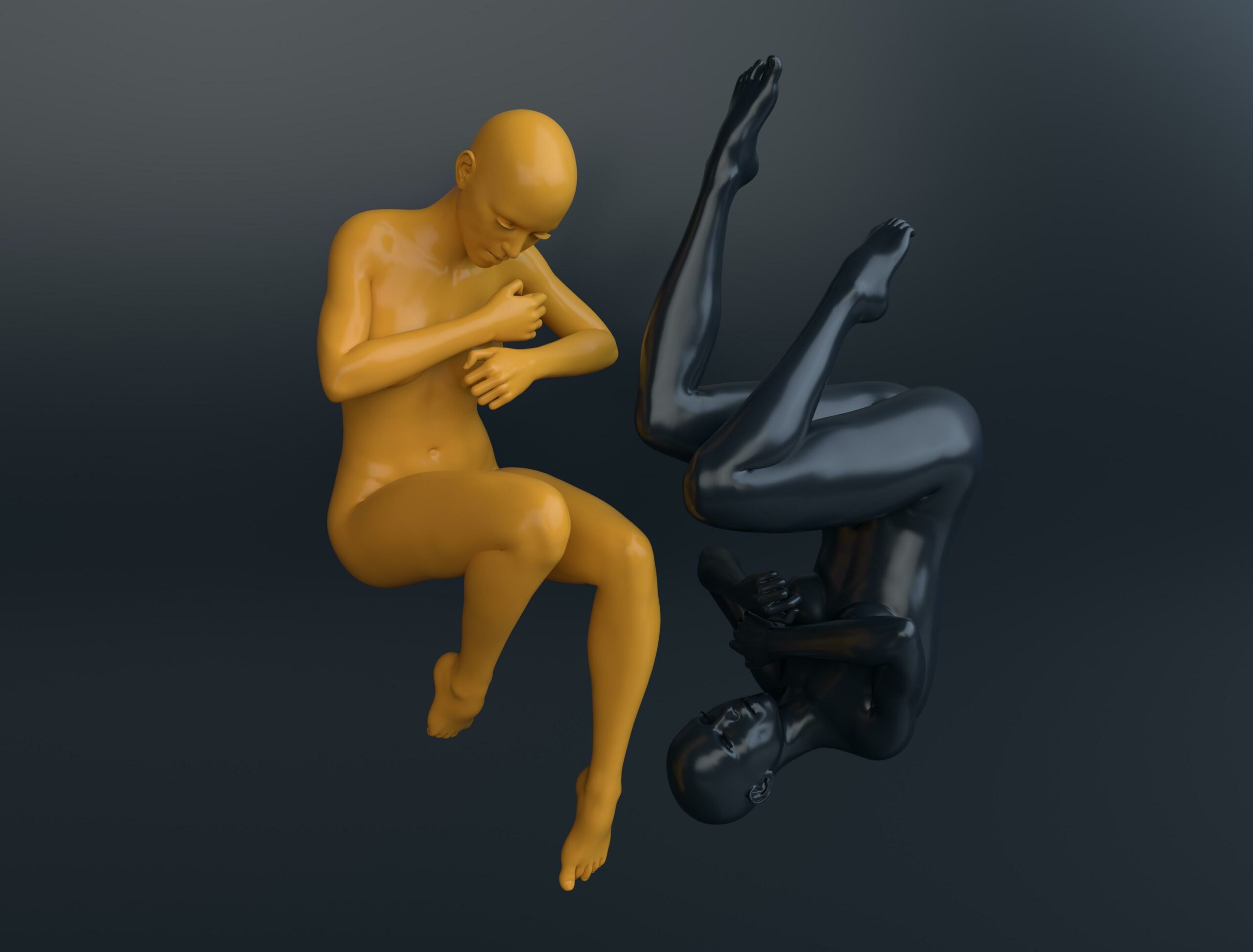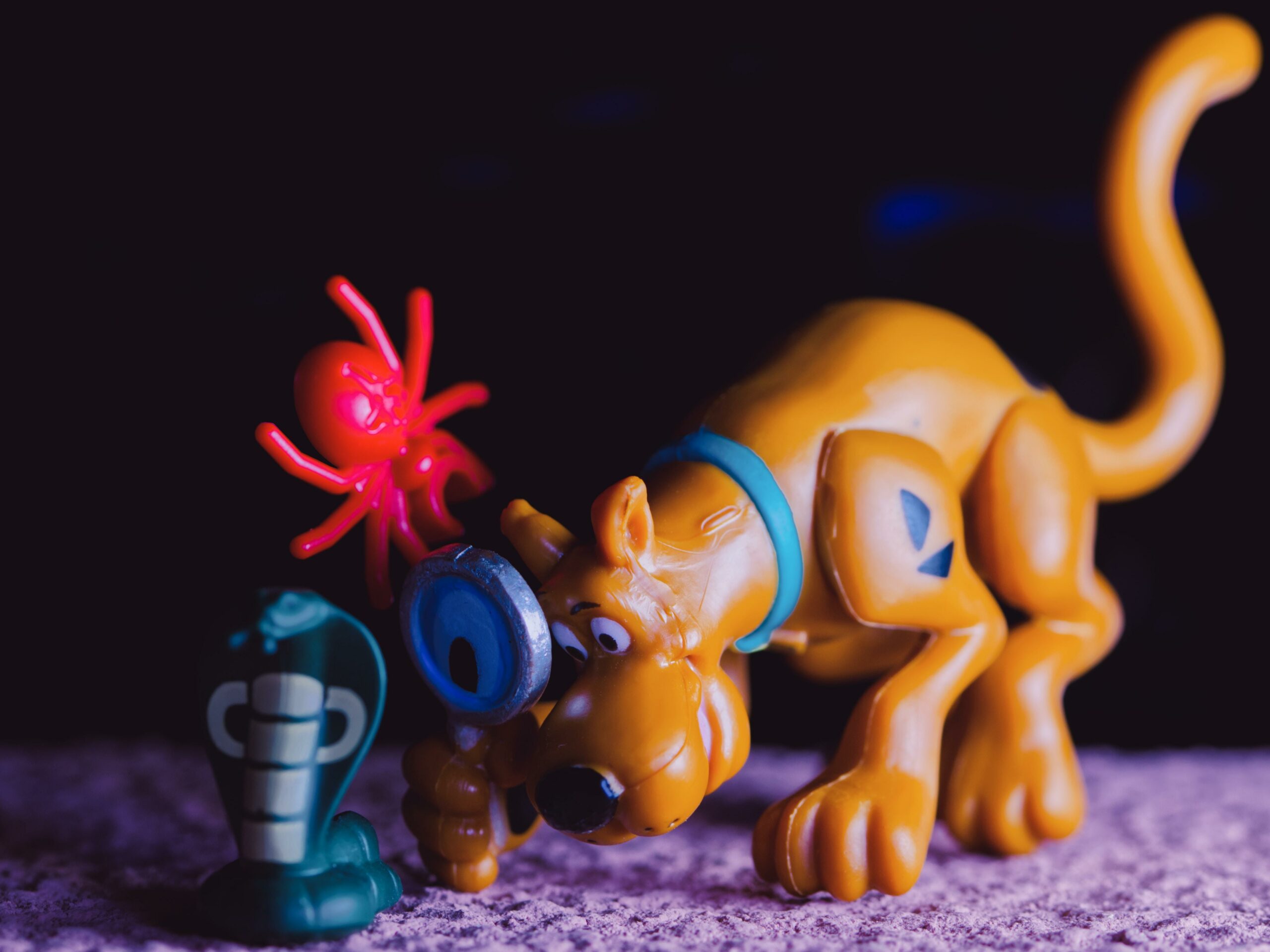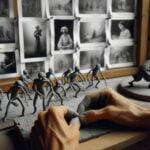Welcome to the whimsical world of 2D animation! Prepare to be captivated as we embark on a journey into the delightful realm of hand-drawn magic. In this article, we will dive into the fascinating universe of 2D animation and unveil some enchanting facts that will leave you in awe. From iconic characters that have graced the silver screen to the evolution of this cherished art form, get ready to discover 10 fun facts that will make you appreciate the wonders of 2D animation like never before. So, buckle up and let’s explore the mesmerizing world of animation!

Fun Facts About 2D Animation
Welcome to the fascinating world of 2D animation! As we delve into the wonders of this traditional animation style, prepare to be amazed by the unique techniques, iconic films, and lesser-known tidbits that make 2D animation a treasured form of visual storytelling. So, grab a seat and get ready to uncover ten delightful fun facts about 2D animation!
1. Animation: Translated from French as “soul”
Imagine bringing still images to life, giving them soul through movement and emotion. That’s the beauty of animation! Derived from the French word “anima“, meaning “soul” or “life force,” animation breathes life into static drawings, captivating audiences with its enchanting storytelling abilities[^1^].
“Animation: the art of giving a soul to inanimate things.”
2. 2D Animation vs. 3D Animation: A Tale of Two Dimensions
In the vast realm of animation, two main approaches dominate the scene: 2D and 3D animation. While both have their own unique charm, let’s focus on the delightful nuances of 2D animation for now. Unlike its three-dimensional counterpart, 2D animation operates within a two-dimensional world, using characters, creatures, and backgrounds without any depth[^2^]. It’s like witnessing a beautiful painted illustration coming to life before your eyes!
3. The Origins of 2D Animation: Traditional Animation
Did you know that 2D animation is also known as traditional animation? As the foundation of animation itself, traditional animation traces its roots back to the early days of animation, where each frame was individually hand-drawn or painted to create a sequence of motion. It’s a laborious yet captivating craft that forms the backbone of 2D animation[^3^].
“Traditional animation: the art of painting dreams onto frames.”
4. 2D Animation in the Digital Age: Advancements in Software
With the advent of technology, the tools used for creating 2D animation have undergone a remarkable transformation. Traditional hand-drawn animation has embraced the digital realm, and most animators now rely on sophisticated software applications to bring their ideas to life. These digital tools provide a vast array of features, streamlining the animation process and unleashing the animator’s creativity[^4^].
5. 2D Animation’s Versatility: From Films to Video Games
The magic of 2D animation extends far beyond the realms of film and television. Its versatility allows it to be adopted in a wide range of mediums, including creating captivating games, eye-catching advertisements, immersive web domains, and interactive animations. It’s an art form that seamlessly adapts to various platforms, amplifying the impact of visual storytelling across various industries[^5^].
Now that we’ve uncovered the fundamentals of 2D animation, let’s explore some delightful facts that are sure to stir your curiosity and ignite your passion for this enchanting art form[^6^][^7^][^8^][^9^]:
6. Luxo Junior: The Adorable Pixar Lamp
Luxo Jr., the delightful hopping lamp that graces the Pixar Animation Studios logo, holds a special place in the hearts of animation enthusiasts. Named after the Luxo lamp that adorned Pixar animator John Lasseter’s desk while he was working on the iconic animated short, the lovable lamp quickly became a symbol of Pixar’s creativity and innovation[^8^].
7. A Mouse Named Mickey: Walt Disney’s Big Pitch
Mickey Mouse, the beloved face of Disney, has won the hearts of millions worldwide. But did you know that Walt Disney initially pitched his idea for Mickey Mouse to Louis Mayer, the co-founder of MGM Studios? Although Mayer declined the proposal, Disney’s determination and belief in his creation eventually led to the birth of the iconic mouse, captivating audiences for generations to come[^10^].
8. Snow White and the Groundbreaking 2D Animation
“Snow White and the Seven Dwarfs” holds a cherished place in animation history as the first feature-length film fully created with the help of 2D animation. Released in 1937, this enchanting Disney classic paved the way for future animated masterpieces and proved that 2D animation had the power to captivate audiences for an extended duration[^11^].
In conclusion, 2D animation is a captivating art form that continues to mesmerize and inspire audiences worldwide. From the soulful origins of animation itself to the rise of traditional animation, advancements in digital tools, and the diverse applications of 2D animation across mediums, its impact on visual storytelling is undeniable. So, the next time you indulge in a 2D animated masterpiece, take a moment to appreciate the remarkable artistry and craftsmanship that brings these colorful characters and imaginative worlds to life.
“Join us on a journey through time and imagination as we celebrate the wonders of 2D animation!”
Source: 1. WordReference.com 2. Toon Boom Animation 3. Animation Connection 4. Udemy 5. Interact Media 6. Priceonomics 7. Visme 8. Pixar Post 9. Creative Bloq 10. Mickey News 11. Walt Disney Company[^1^][^2^][^3^][^4^][^5^][^6^][^7^][^8^][^9^][^10^][^11^]
“Unveiling the Wonders: 10 Delightful Facts about 2D Animation”
Sources:
- WordReference.com
- Toon Boom Animation
- Animation Connection
- Udemy
- Interact Media
- Priceonomics
- Visme
- Pixar Post
- Creative Bloq
- Mickey News
- Walt Disney Company
Animators are the imaginative minds behind our favorite cartoons and animated movies. They possess the incredible talent to bring characters to life through their artistry and creativity. If you’re curious to learn some fun facts about animators, click here to discover more about their fascinating world. You’ll be amazed by the dedication and skill that goes into creating animated masterpieces. So, take a moment to explore the intriguing details of the animator’s craft and gain a deeper appreciation for their incredible work. Don’t miss out on this opportunity to uncover the hidden secrets and captivating stories behind the scenes. Click now and let the adventure unfold!
Did you know that 2D animation has a world of intriguing facts waiting to be discovered? Get ready to dive into the captivating realm of animation with us as we explore some fun and fascinating information about this dynamic art form. Brace yourself for a dose of creativity and curiosity as we unveil some facts about 2D animation that will leave you wanting more. But before we delve into this exciting journey, make sure to check out our article on the “fun facts about 2D animation” to uncover even more jaw-dropping details. So, without further ado, let’s embark on this enthralling adventure together!
To know more, click here: facts about 2D animation.
And if you’re yearning for an extra sprinkle of fun, hop on over to our article on “fun facts about 2D animation.” Uncover the hidden gems and trivia that make this art form truly magical. Join us in unraveling the secrets behind the captivating animations that have captured our hearts and fueled our imagination for decades.
Satisfy your curiosity by clicking here: fun facts 2D animation.
The Process Behind Creating Animated Cartoons
[youtube v=”R84W2hbmaKk”]
In the world of animation, there is often a misconception about how quickly cartoons can be made. In a recent YouTube comment, someone compared the production time of anime episodes to that of YouTubers creating videos. While this comment may seem ignorant, it highlights the need for understanding the animation industry and the intricate processes involved in creating cartoons.
To shed light on the behind-the-scenes work of an artist, let’s explore the animation pipeline and the challenges faced by those who turn their artistic talents into full-time careers.
The Challenges of Being an Artist
Artists, like any other professionals, need to sustain themselves. This challenge becomes significant in a capitalist society where food and other necessities require money. Artists find themselves in the position of transforming their artistic skills into a viable source of income.
There are four main ways an artist can make a living: creating artwork for sale, offering caricature drawings, selling plasma, and making commissioned drawings. While creating art as a hobby is a fulfilling creative outlet, turning it into a full-time job requires careful consideration.
The Animation Pipeline: A Complex Process
One of the most common ways artists make a living is by working at animation studios or collaborating with YouTubers. In these scenarios, artists receive payment for creating artwork that aligns with the desired vision. Collaboration and clear communication within a team are crucial for creating the best possible content.
It is essential to understand that creating an animated episode is a time-consuming process. Contrary to the misconception mentioned earlier, anime studios do not produce episodes in just one week. The process of making a single episode of a cartoon from scratch usually takes about two years.
During the production, different teams simultaneously work on various aspects of the show. While the writers develop the script, the storyboard team creates the visual representations of the scenes, and the design team focuses on creating detailed backgrounds and character designs.
The Importance of Backgrounds in Animation
Backgrounds play a crucial role in animation, providing the visual environment for the characters. Storyboarders carefully sketch out scenes, highlighting the staging, layout, and character expressions. To optimize time and effort, artists often reuse existing backgrounds or merge different elements to create new scenes. It’s a way of achieving the best results while efficiently utilizing resources.
The Evolution of Animation Techniques
In the early days of animation, each frame had to be individually painted onto transparent sheets called cells. This labor-intensive process resulted in thousands of hand-drawn and painted pages. By reusing animation sequences, studios could maximize their time and budget, allowing for more epic scenes and richer storytelling.
An example of this is the similarity in movement between characters from different Disney movies. This resemblance is not due to plagiarism but rather the efficient use of previously animated sequences. By repurposing existing animations, studios not only saved time and money but also maintained consistent visual styles.
Conclusion
Creating animated cartoons is a time-consuming process that requires skill, teamwork, and a deep understanding of the animation pipeline. Artists face the challenge of turning their passion into a viable source of income, and it often takes years to produce a single season of a cartoon show.
As consumers, it’s essential to appreciate the dedication and hard work that goes into creating the cartoons we enjoy. By supporting artists and their projects, we contribute to the growth of the animation industry and foster a creative community that can continue to produce high-quality content.
“The animation industry is a labor-intensive and time-consuming field, and it takes a team of talented artists working together to bring cartoons to life.”
FAQ
Question 1
What is 2D animation?
Answer 1
2D animation combines images of different widths and heights to create the illusion of motion in a two-dimensional world. There is no depth to the characters, creatures, and backgrounds in 2D animation. It is also known as traditional animation.
Question 2
What tools are used to create 2D animation?
Answer 2
Most tools used to create 2D animation are software applications. These applications provide a variety of features and functionality to help animators bring their ideas to life.
Question 3
Where can 2D animation be used?
Answer 3
2D animation can be used in various ways, including creating games, animations, films, advertisements, and web domains. Its versatility allows it to be employed across multiple industries to convey messages and tell stories visually.
Question 4
How does the process of 2D animation work?
Answer 4
The process of 2D animation involves three main stages: pre-production, production, and post-production. During pre-production, the concept, storyboard, and character design are developed. In the production phase, the frames are drawn and colored. Finally, in the post-production stage, the frames are edited together, sound effects and music are added, and the final product is prepared for distribution.
Question 5
What are some interesting facts about 2D animation?
Answer 5
- The lamp in Pixar’s opening is called Luxo Junior.
- “Animation” is translated from French as “soul.”
- Walt Disney initially pitched his idea for Mickey Mouse to Louis Mayer.
- “Snow White and the Seven Dwarfs” was the first feature-length film fully created with the help of 2D animation.
- 2D animation can be compared to 3D animation, each having its own pros and cons.
“`json
“`
- Discover White Fruits: Ultimate Guide to Taste & Nutrition - April 8, 2025
- Read Wonderful New World: Korean Manhwa Hit - April 8, 2025
- Discover Japanese Drawings: A Complete Guide - April 8, 2025
















